Blog
Top 10 Essential Tips for Effective CCTV Installation: Enhance Your Security Today!
In today's increasingly uncertain world, the demand for enhanced security measures has never been more critical. One of the most effective ways to safeguard homes and businesses is through professional CCTV installation. According to a recent report by the Security Industry Association, the global CCTV market is expected to reach $42 billion by 2027, highlighting the growing importance of surveillance technology in crime prevention and safety assurance. Effective CCTV installation not only deters potential criminals but also provides valuable evidence in the event of an incident, making it an indispensable tool in modern security strategies.

Renowned CCTV expert, Dr. Emily Hartman, states, "The success of any CCTV system largely depends on proper installation and strategic placement, as only then can it optimize its efficacy." This underscores the necessity of following best practices during the CCTV installation process to maximize the benefits of these systems. From selecting the right cameras to ensuring optimal viewing angles, each step in the installation journey plays a vital role in enhancing overall security. With the right guidance, anyone can turn their surveillance setup into a powerful ally in the fight against crime.
Choosing the Right CCTV System for Your Security Needs
When selecting the right CCTV system for your security needs, it’s essential to consider various factors that can greatly influence effectiveness. According to a report from IHS Markit, the global CCTV market is projected to reach $25 billion by 2024, reflecting a growing recognition of video surveillance as an indispensable tool for security enhancement. One key aspect to evaluate is the resolution of the cameras. High-definition (HD) cameras offer clearer images, crucial for identifying faces or license plates, while standard resolution may suffice for general monitoring.
Moreover, the installation environment plays a critical role in choosing the appropriate system. For indoor areas, a simple fixed camera might be adequate, but outdoor settings require weatherproof cameras with features like infrared night vision. A survey conducted by Statista revealed that 60% of businesses reported a decrease in theft and vandalism after installing CCTV systems, underscoring the importance of tailored solutions. By understanding these dynamics, businesses and homeowners can make informed decisions that align with their specific security needs, ultimately enhancing their safety and peace of mind.

Strategic Placement of Cameras for Maximum Coverage
When installing CCTV systems, strategic placement of cameras is crucial for maximizing security coverage. According to a report by the Security Industry Association, effective camera placement can enhance the detection rate of incidents by up to 90%. To achieve comprehensive surveillance, it’s essential to analyze the layout of the area, identifying potential blind spots where criminal activity might occur. Installing cameras at key entry points such as doors and windows ensures that these vulnerable access areas are monitored effectively.
Moreover, considering the height and angle of camera installation can significantly impact their performance. The National Institute of Justice recommends placing cameras at a height of approximately 8 to 10 feet to capture clear facial images while minimizing vandalism risks. Combining fixed and PTZ (pan-tilt-zoom) cameras can also enhance flexibility in monitoring, allowing security personnel to adjust angles as needed for real-time threats. By thoughtfully planning camera placement, organizations can build a formidable defense against crime, ultimately leading to a safer environment for both property and individuals.
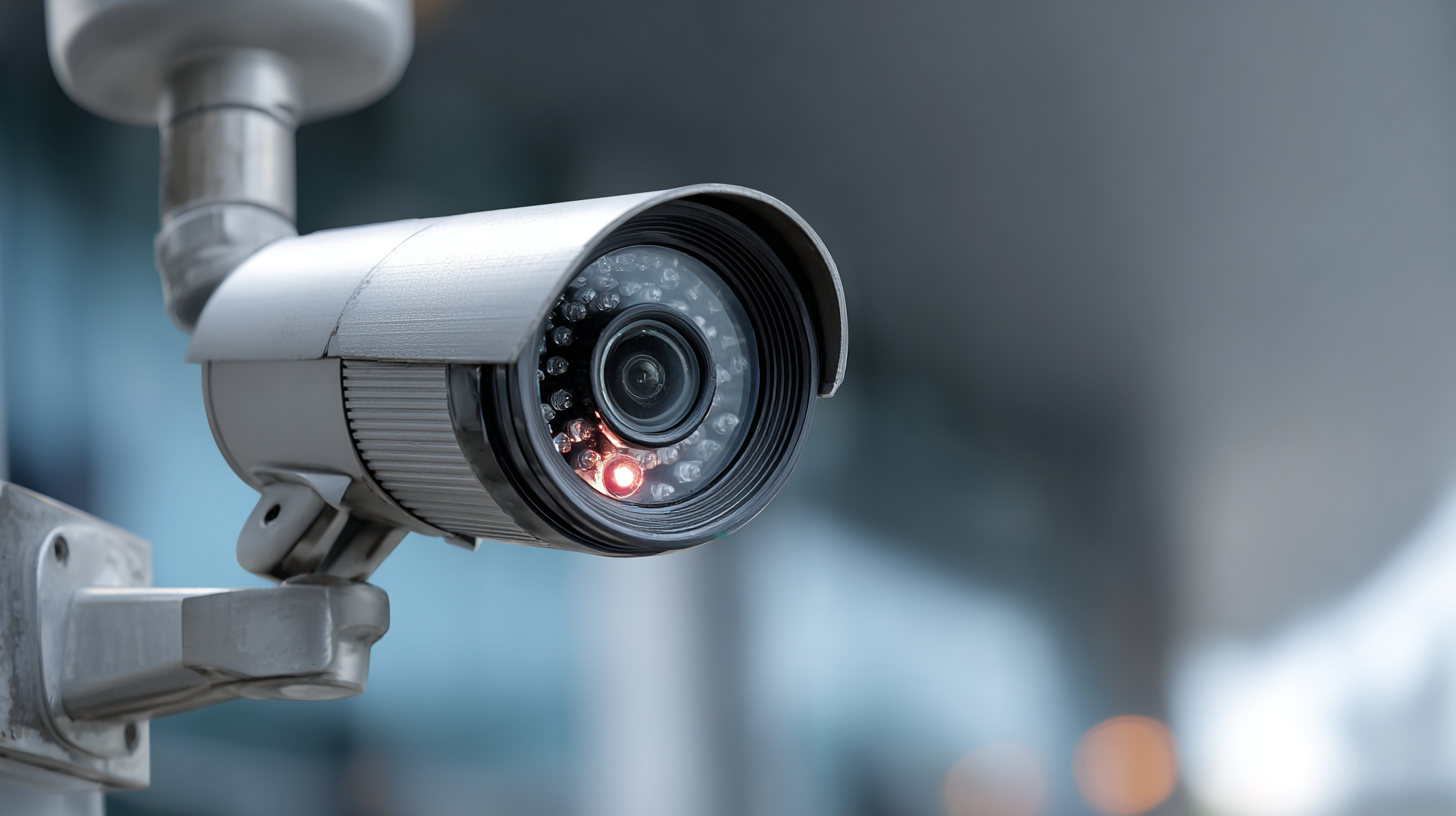
Understanding Wiring and Power Requirements for CCTV Setup
When planning your CCTV installation, understanding wiring and power requirements is crucial to ensure a seamless setup. The type of cabling you choose, such as coaxial or Ethernet (for IP cameras), will significantly affect the video quality and overall performance of your system. Coaxial cables are commonly used for analog systems, while Ethernet cables offer higher bandwidth for digital video. Make sure to calculate the distance between your cameras and the recording unit, as this will determine the type and length of cables needed.
Tip: Always measure distances carefully and consider using a quality cable tester to make sure your connections are solid. This can save you time and potential headaches later on.
Power requirements are another vital aspect. Each camera will depend on a consistent power source—often provided through Power over Ethernet (PoE) or dedicated power adapters. Check the wattage of your cameras to avoid overloading circuits. If your installation spans a large area, consider using power distribution units to manage multiple cameras efficiently.
Tip: To minimize power loss over long distances, use thicker cables, particularly for power lines, to ensure your cameras receive sufficient voltage for optimal performance.
Tips for Testing and Ensuring Optimal Camera Functionality
When it comes to ensuring optimal functionality of your CCTV cameras, thorough testing and attention to detail are paramount. According to recent industry reports, an estimated 30% of installed security cameras fail to deliver the intended performance due to improper setup. To circumvent this, it's essential to follow systematic testing procedures. Start by verifying the camera's field of view and ensuring it covers all critical areas. Utilize software to check the integration with existing security systems and to facilitate real-time monitoring.
Another important aspect is the evaluation of video quality. Experts recommend performing a controlled test during various times of the day, including peak hours, to assess how lighting conditions impact performance. Additionally, look for features such as motion detection sensitivity and night vision capabilities, as these elements can significantly enhance overall security. Ensuring that cameras are positioned at optimal heights and angles can further improve their effectiveness.
Remember, periodic maintenance and testing are crucial. Regularly check for firmware updates and refresh your testing schedule every few months to ensure your CCTV system remains effective. By adhering to these tips, you can leverage your CCTV installation to its fullest potential and enhance your overall security significantly.
Top 10 Essential Tips for Effective CCTV Installation: Enhance Your Security Today!
| Tip Number | Installation Tip | Description | Importance Level | Testing Method |
|---|---|---|---|---|
| 1 | Choose the Right Camera | Select a camera that suits your environment and security needs. | High | Visual inspection and specification check. |
| 2 | Plan Camera Placement | Determine optimal locations to cover vulnerable areas. | High | Field of view test before installation. |
| 3 | Ensure Adequate Lighting | Install cameras in well-lit areas or use infrared options. | Medium | Light level evaluation during day/night. |
| 4 | Secure Cable Runs | Protect cables from tampering and environmental factors. | High | Physical inspection. |
| 5 | Regularly Update Firmware | Keep camera software current for security and performance. | Medium | Check firmware version regularly. |
| 6 | Test Camera Functionality | Ensure cameras are operational before final setup. | High | Live feed check on monitor. |
| 7 | Set Up Alarm Notifications | Configure alerts for suspicious activities. | Medium | Test alarm activation. |
| 8 | Assess Recording Settings | Choose the right resolution and storage options. | High | Check recorded footage quality. |
| 9 | Review Security Policies | Ensure compliance with privacy laws and internal policies. | Medium | Documentation review. |
| 10 | Conduct Regular Maintenance | Routine checks to ensure long-term functionality. | High | Scheduled maintenance assessments. |
Integrating CCTV with Existing Security Systems for Enhanced Protection
Integrating CCTV with existing security systems is a vital step towards enhancing overall protection. The face recognition market is projected to grow significantly, driven by advancements in technology. For instance, by 2023, the global face recognition market size is expected to reach $8.5 billion, with a compound annual growth rate (CAGR) of 14.8% from 2022 to 2028. This growth is harnessed through various technologies such as 2D and 3D face recognition, which provide robust security solutions.
When installing CCTV systems, consider these essential tips. Firstly, ensure proper camera placement; positioning cameras at strategic angles maximizes coverage and minimizes blind spots. Secondly, integration with existing systems is crucial. Seamlessly connecting your CCTV with access control systems amplifies overall security, allowing for real-time alerts and automated responses to security breaches. This integration also facilitates better data management, as security personnel can monitor activities across platforms efficiently.
Stay informed about market trends and emerging technologies in CCTV installation to leverage the best security solutions. With the projected growth of the radar security market, which is expected to reach $28 billion by 2034, investing in advanced surveillance technology is more critical than ever for ensuring safety and protection in our increasingly complex security landscape.
Top 10 Essential Tips for Effective CCTV Installation
Related Posts
-
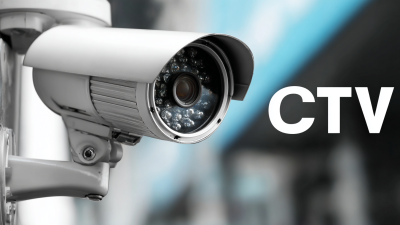
Ultimate Guide to Choosing the Best CCTV Camera System for Your Home and Business
-

Maximizing Value with Best CCTV Alarm System Through Superior After Sales Support and Future Cost Efficiency
-
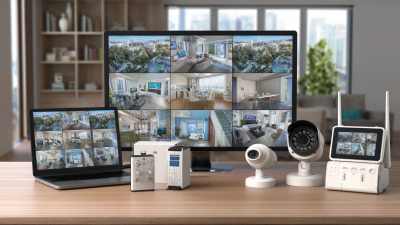
Enhancing Home Security: The Ultimate Guide to CCTV and Alarm System Integration
-

How to Select the Best CCTV Camera System for Your Business Security Needs
-
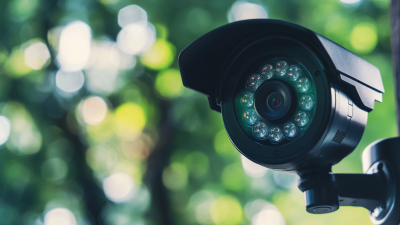
Exploring the Impact of the Best Home CCTV System: What Makes It Essential for Modern Security?
-
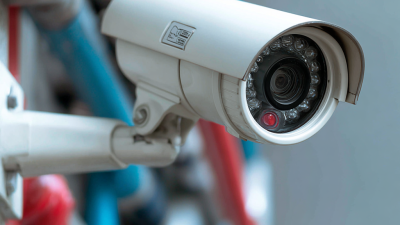
Mastering Industry Compliance for the Best CCTV Camera Installation Guide
